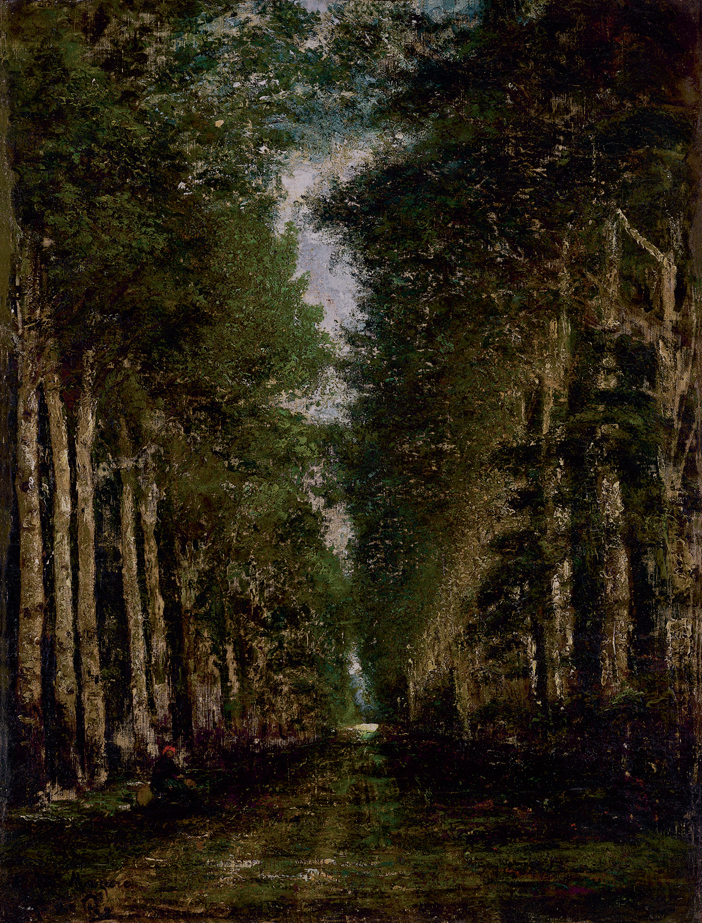Notes
László Paál seems to have had more than one birthdays. The reason is not the absence or inaccuracy of records, but the fact that he had several “life-changing” experiences that would become the causes of significant turns in his art. The first came when he met Mihály Munkácsy, under whose influence he started to paint. He owes the second to his visit to the Netherlands in 1870, where he studied the pictures of old minor masters: the result was a new, peculiar mode of painting that relied on homogeneous colour patches. His palette would also change over time, turning lighter or darker, depending on whether he was staying in Vienna, London or Düsseldorf. He settled in Barbizon, France, his last “birthplace,” in 1872. The final period began, in which the truthful representation of nature gave way to a mode in which the view was filtered through his own emotions. He was nonetheless different from the other Barbizon painters of his time in that he avoided storms and other extreme natural phenomena. This piece represents a favourite theme, a forest path fading into the distance, lined by trees on both sides. The works in this late period do not employ sharp contours, and light, rather than coming from a direct source, seeps through the leaves.
